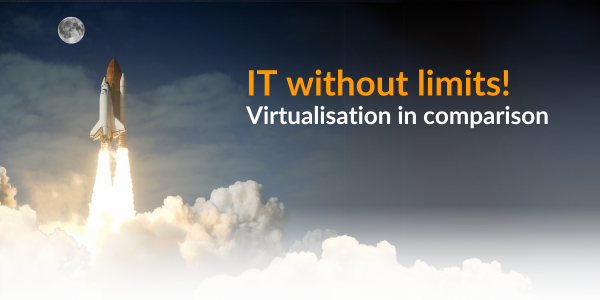Clothing made of organic cotton, vegetables grown locally, packaging made of paper – in their private lives, many people consciously shop for sustainable products. But used software is also sustainable: In this year’s market survey, the used software supplier usedSoft asked more than 150 participating purchasers from companies, public authorities and the software trade: How important is climate protection to them when purchasing in their company? The remarkable result: For about 83%, sustainability plays a rather important to important role in procurement as well as IT purchasing.

Used software extends the life cycle of hardware
Newly developed software often requires the purchase of more powerful hardware. A current example of this is Windows 11. Microsoft’s new operating system often cannot be installed on existing devices due to very high system requirements. “When new software versions cause the need to replace perfectly functioning devices with otherwise sufficient performance, it is a real economic problem for companies. And a damaging problem for the environment,” says Michael Aufderheide, COO and CFO at usedSoft. This opinion is shared by almost all respondents: 94% stated that it is “worrying” when new software versions make it necessary to purchase new hardware.
It is therefore only logical that 91% of the participants are willing to do without the latest software version, such as Windows 11, if this extends the lifetime of their hardware. “Reaching for a well-engineered previous version is a sustainable alternative to buying a new one,” says Aufderheide. “However, Microsoft itself usually only offers the latest software releases. The way out of this is the second-hand market, where older versions are still available.” 61% said they use the second-hand market to purchase previous versions in order to extend the life cycle of products.
Overengineering – more is not necessarily better
Green IT is often associated only with energy-efficient computers or the refurbished hardware market. But software also has an ecological footprint. Especially in software development, CO2 emissions are increasingly becoming a critical indicator. With intensive effort, new versions with more features are coming onto the market ever faster. In the survey, however, 75% were of the opinion that many new software versions were “overengineered”. This means that they merely introduced functions that they did not need in practice.

Virtualisation in comparison

Install Office with the Office Deployment Tool


